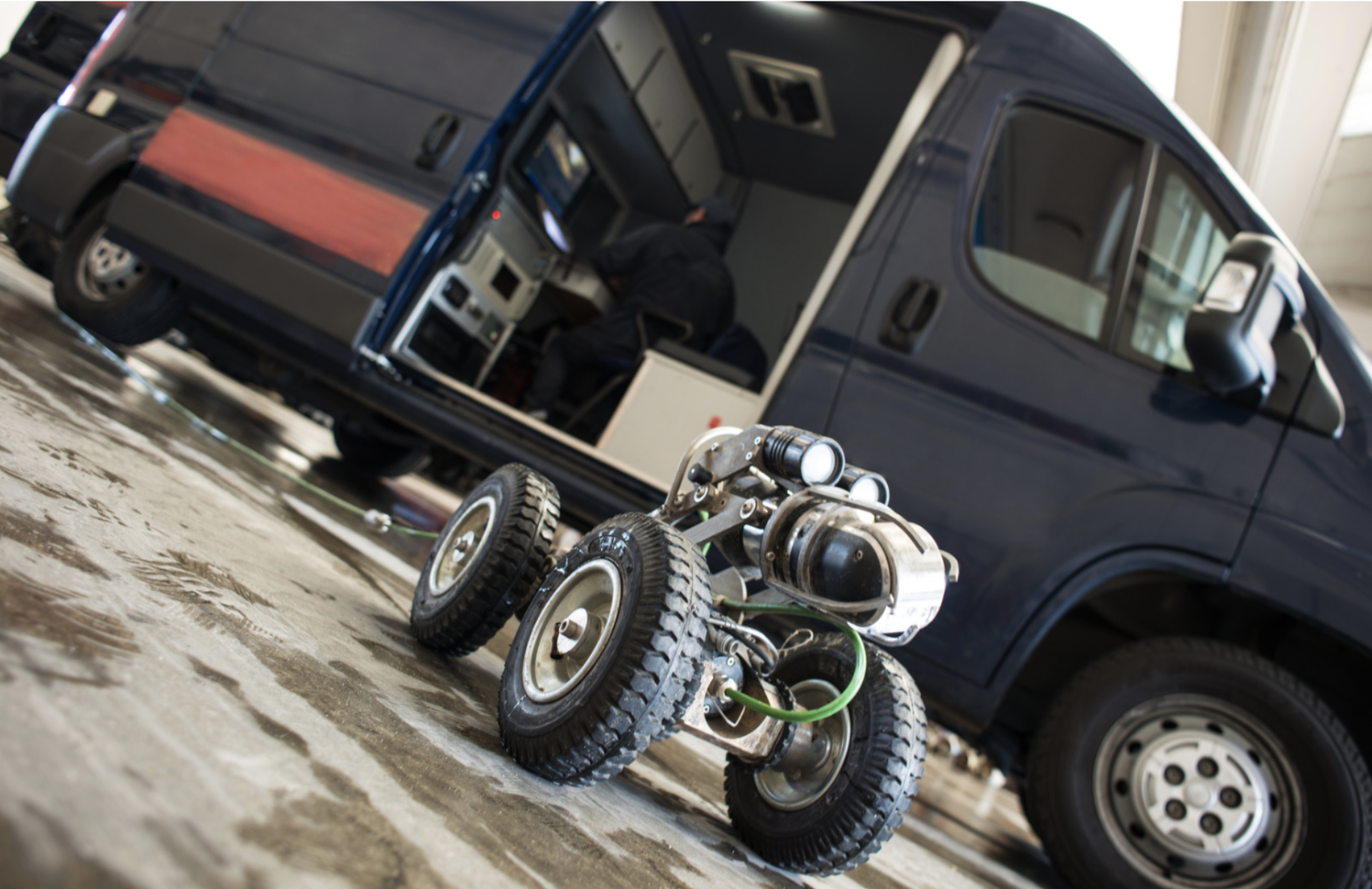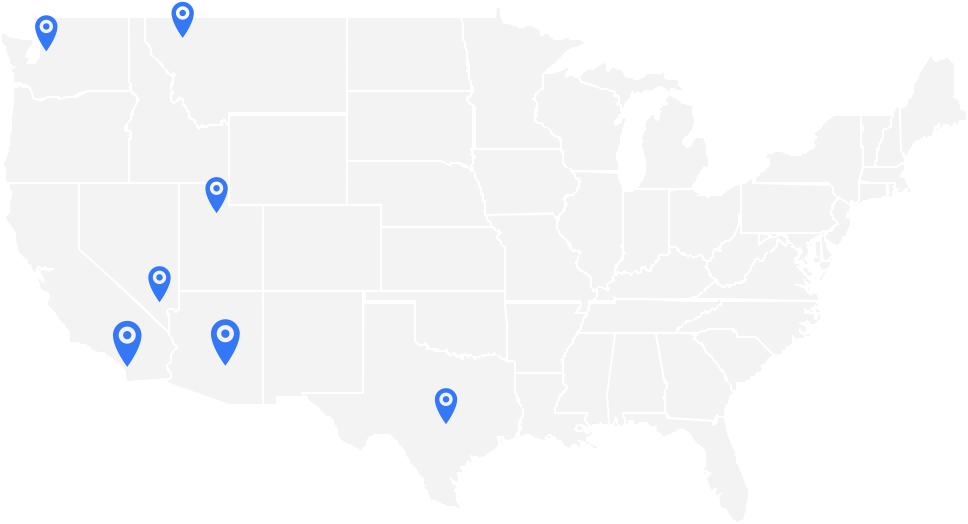When it comes to trenchless pipe repair, one essential tool that stands out is the pipe inspection camera. These advanced devices are designed to provide a visual examination of pipes and drains, allowing professionals to quickly identify issues and take appropriate measures.
Equipped with high-resolution cameras, powerful LED lights, and flexible cables, pipe inspection cameras are engineered to navigate through the pipes with ease. They have become a vital asset in the industry. Join us to understand more about pipe inspection cameras and their role in trenchless pipe repairs.
The Basics and Different Types of Pipe Inspection Cameras
Pipe inspection cameras are small yet powerful devices designed to explore and assess the insides of pipes that are otherwise inaccessible. These cameras come in various types, each serving specific purposes:
Push cameras:
These are flexible and maneuverable, ideal for navigating smaller pipes. They’re adept at accessing tight spaces, offering a close-up view of the interior.
Pan-and-tilt cameras:
enhance visibility by allowing the operator to remotely adjust the camera’s angle and direction. This versatility proves valuable in capturing comprehensive visuals in larger pipes.
Crawler cameras:
are equipped with wheels or tracks, enabling them to traverse through more extensive pipelines. Their robust build and navigation systems make them suitable for various pipe diameters.
Robotic cameras:
provide unparalleled control and precision. Operators can manipulate these cameras remotely, directing them precisely where needed for a detailed inspection.
How Pipe Inspection Cameras Operate
The process involves several steps:
1. Preparation and Setup:
To begin the inspection, the operator prepares the camera by connecting it to a monitor or recording device. They ensure that the camera lens is clean and the LED lights are functioning correctly. Furthermore, the cable or rod is carefully chosen based on the pipe’s size and condition.
2. Insertion into the Pipe:
Once the camera is ready, the operator inserts it into the pipe through an access point or an existing opening.
3. Navigation and Control:
As the camera travels through the pipe, it captures high-definition images or videos of the interior. The LED lights illuminate the surroundings, ensuring that every detail is visible. The operator can control the camera’s movements remotely, adjusting its direction and focus as needed.
4. Retrieval and Analysis:
Once the inspection is complete, the camera is retrieved from the pipe. Operators review the captured footage on the monitor, analyzing the condition of the pipe for any signs of damage, blockages, corrosion, leaks, or other issues.
5. Reporting and Maintenance:
Findings from the inspection are documented in a report. This information helps in determining necessary repairs or maintenance, aiding in preventive measures to avoid potential problems in the future.
Throughout this process, the camera’s functionality, maneuverability, and high-quality imaging capabilities facilitate thorough inspections, enabling professionals to identify and address issues within pipelines efficiently.
Advantages of Pipe Inspection Cameras:
1. Accuracy and Efficiency:
Pipe inspection cameras offer an exact and effective method for identifying and diagnosing plumbing problems. By providing live video footage, experts can effortlessly pinpoint blockages, leaks, fractures, or corrosion in the pipes.
2. Cost-Effectiveness:
By pinpointing the exact location and nature of pipe problems, pipe inspection cameras allow for targeted repairs, minimizing unnecessary repairs and replacements. This can result in significant cost savings for both homeowners and businesses.
3. Time Savings:
Traditional pipe inspection methods involved manual inspections, which often required hours or even days to complete. Pipe inspection cameras streamline the process, enabling faster and more efficient inspections.
4. Preventive Maintenance:
Regular inspections using pipe inspection cameras help identify potential issues before they escalate into major problems.
Schedule a Professional Inspection Today!
Don’t wait for a disaster to strike! Schedule a professional inspection today and take proactive measures to protect your pipes. Pipe inspection cameras have transformed the way plumbing inspections are conducted, providing accurate and efficient results.From hidden leaks to stubborn clogs, these powerful cameras provide us with invaluable insights, saving you time, money, and unnecessary headaches down the line. Invest in the health of your pipes today and trust our experts to deliver top-notch pipe inspection services that give you peace of mind. Contact us today!






